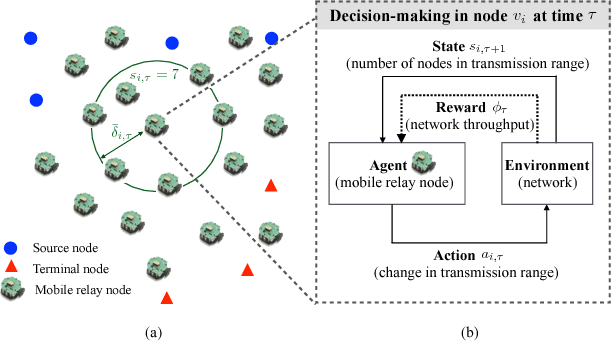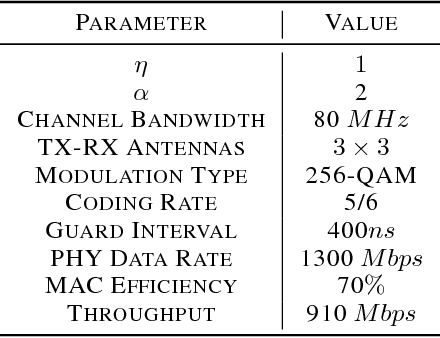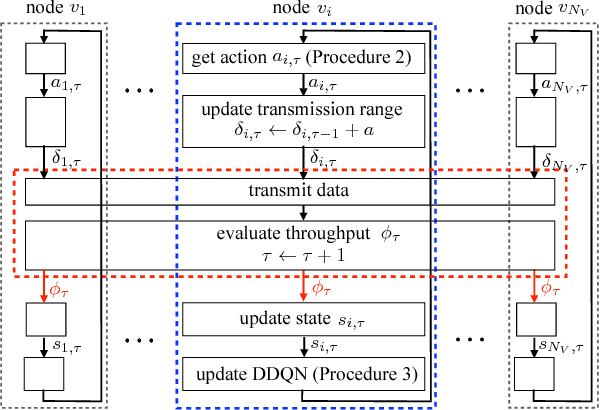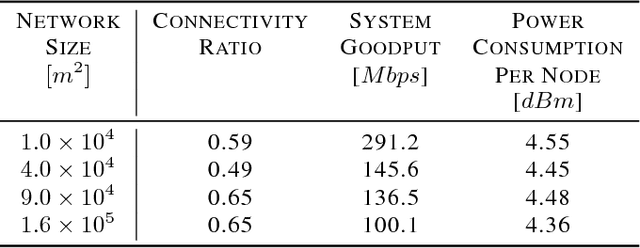Juhyeon Lee
SPIO: Ensemble and Selective Strategies via LLM-Based Multi-Agent Planning in Automated Data Science
Mar 30, 2025Abstract:Large Language Models (LLMs) have revolutionized automated data analytics and machine learning by enabling dynamic reasoning and adaptability. While recent approaches have advanced multi-stage pipelines through multi-agent systems, they typically rely on rigid, single-path workflows that limit the exploration and integration of diverse strategies, often resulting in suboptimal predictions. To address these challenges, we propose SPIO (Sequential Plan Integration and Optimization), a novel framework that leverages LLM-driven decision-making to orchestrate multi-agent planning across four key modules: data preprocessing, feature engineering, modeling, and hyperparameter tuning. In each module, dedicated planning agents independently generate candidate strategies that cascade into subsequent stages, fostering comprehensive exploration. A plan optimization agent refines these strategies by suggesting several optimized plans. We further introduce two variants: SPIO-S, which selects a single best solution path as determined by the LLM, and SPIO-E, which selects the top k candidate plans and ensembles them to maximize predictive performance. Extensive experiments on Kaggle and OpenML datasets demonstrate that SPIO significantly outperforms state-of-the-art methods, providing a robust and scalable solution for automated data science task.
Learning to Activate Relay Nodes: Deep Reinforcement Learning Approach
Nov 24, 2018



Abstract:In this paper, we propose a distributed solution to design a multi-hop ad hoc network where mobile relay nodes strategically determine their wireless transmission ranges based on a deep reinforcement learning approach. We consider scenarios where only a limited networking infrastructure is available but a large number of wireless mobile relay nodes are deployed in building a multi-hop ad hoc network to deliver source data to the destination. A mobile relay node is considered as a decision-making agent that strategically determines its transmission range in a way that maximizes network throughput while minimizing the corresponding transmission power consumption. Each relay node collects information from its partial observations and learns its environment through a sequence of experiences. Hence, the proposed solution requires only a minimal amount of information from the system. We show that the actions that the relay nodes take from its policy are determined as to activate or inactivate its transmission, i.e., only necessary relay nodes are activated with the maximum transmit power, and nonessential nodes are deactivated to minimize power consumption. Using extensive experiments, we confirm that the proposed solution builds a network with higher network performance than current state-of-the-art solutions in terms of system goodput and connectivity ratio.
 Add to Chrome
Add to Chrome Add to Firefox
Add to Firefox Add to Edge
Add to Edge